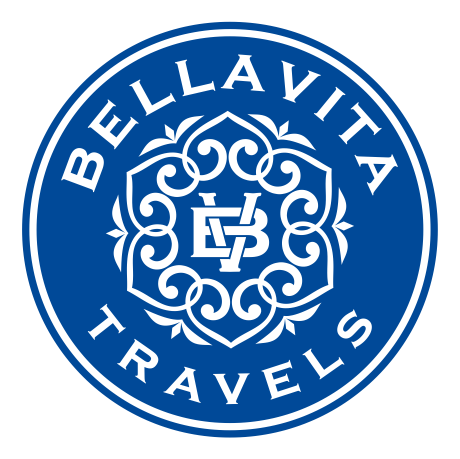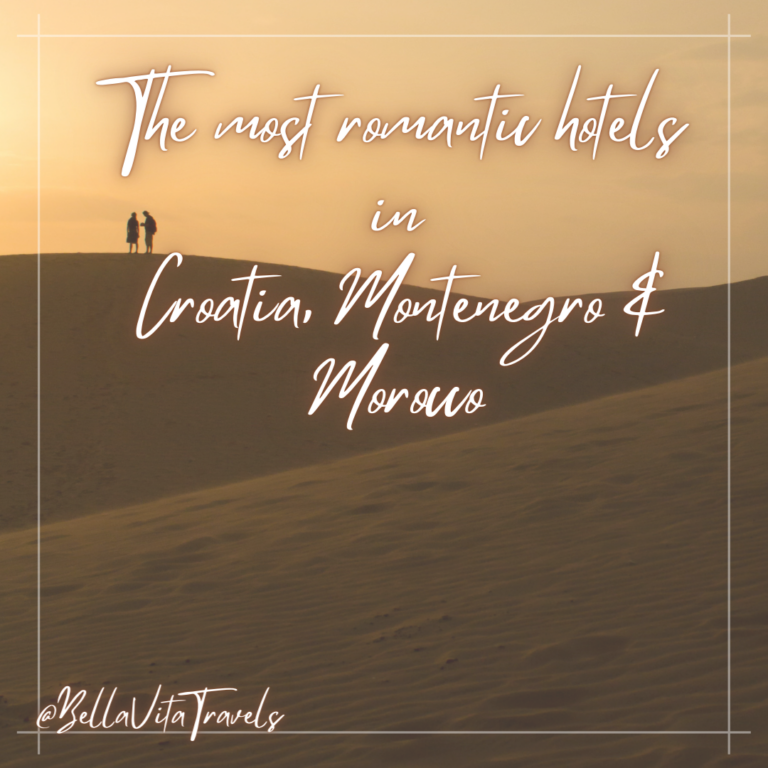What to Expect on Your First Visit to Marrakech
Marrakech is one of the world’s legendary cities, and is an incredible feast for the senses. The city is so deeply a part of Moroccan history that it was only in the early 20th century that the names of Morocco and Marrakech were formally separated. The densely packed medina is a UNESCO World Heritage Site, and it has the largest souk (traditional market) in Morocco. The most popular goods in the market are pottery, copper-wares, leather crafts, and other handmade crafts from local artisans.
Climate
Marrakech enjoys warm winters and dry, hot summers, and has a nearly Mediterranean climate. While it enjoys ample water supply fueled by underground streams from the Atlas mountains, the history and culture of Marrakech is deeply linked to the Saharan caravan routes, so it is often perceived as being more desert-like than it actually is. In the hottest summer months, average temperatures near 100°F, while winter days seldom dip below 50°F.
By Moroccan standards, winters in Marrakech are wet, with an average of 7+ rainy days and a little over an inch of rainfall per month. However, it’s a popular winter destination for visitors from northern Europe, who, even in January, find it a welcome escape from dreary weather.
Currency
Morocco uses the Moroccan dirham, and there are a variety of places to exchange currencies. Marrakech is a cash economy, and you should expect to pay in cash for transport, meals, and shopping in the market, although you can generally use a card to pay for lodging. ATMs are widely available, however.
Language
Classic Arabic is the official spoken language of Morocco, and French is the unofficial second language. Because of its colonial history, most urban Moroccans also speak at least some Spanish. In the urban center of Marrakech, English is also widely spoken, and communication is rarely a problem.
Local Transport
While most of our clients generally opt for private transportation throughout their journey, there are a variety of other local transportation options visitors can use to get around. Outside of the medina, Marrakech does have a bus service, but busses are old and unreliable. Taxis are ubiquitous and only marginally more expensive than taking the bus, provided you avoid getting scammed by the driver. Do not get into a taxi before agreeing on the fare, and do not believe a driver who says that their meter is broken. Try to have smaller bills on you when you take a taxi: a common taxi scam is for a driver to claim to not have change, and you end up paying more than intended for the ride.
Petit Taxis
These small, beige taxis are everywhere, and seat up to 3 people. Airport transport into the city center is a fixed rate of 70DH, and takes about 15 minutes. Outside of airport transit, petit taxis are obligated to charge you the metered price.
Grand Taxi
The grand taxi can seat 6-8 people. Airport transport to the city center is a fixed rate of 100DH, and takes about 15 minutes. Outside of airport transit, Grand Taxis usually have a specific destination, and you pay for your seat. The taxi leaves when it is full.
On Foot
Within the medina, the only way to get around is on foot, and maps are confusing and inaccurate. If you need to reach a specific destination in a specific time, you can ask almost anyone to guide you, but be prepared to tip them for the service.
Calèche
The other way to get around the medina is in a horse and open-topped buggy, known as a Calèche. It’s an unforgettable way to see the medina. You can find them in lines at fixed stands, or hail an empty one as it passes by. While they generally go on tour routes and charge a fixed price, you can also be unconventional and ask one to take you to a specific destination, as a more glamorous upgrade from a taxi. As always, negotiate the cost before you get in.
Tipping and Photographs
Locals will offer to guide you to your destination, carry things for you, pose for photographs, and other small tasks. They will always expect to be tipped afterward, and will often express disappointment and argue if they feel the tip is insufficient. In the Jemaa el-Fnaa, it is common for performers to come up and engage you in some way (put a snake in your hands, a hat on your head, etc), suggest you take a picture, and then insist that you pay them 5 (or more) euros. Do not engage in these activities, and don’t take picture of anyone in the medina, if you don’t want to pay a tip. Carry small amounts of money on you (10 or 20 dirhams) and do not agree to pay more. Like haggling, it’s a way of life, so you need to get comfortable refusing to pay extra.



